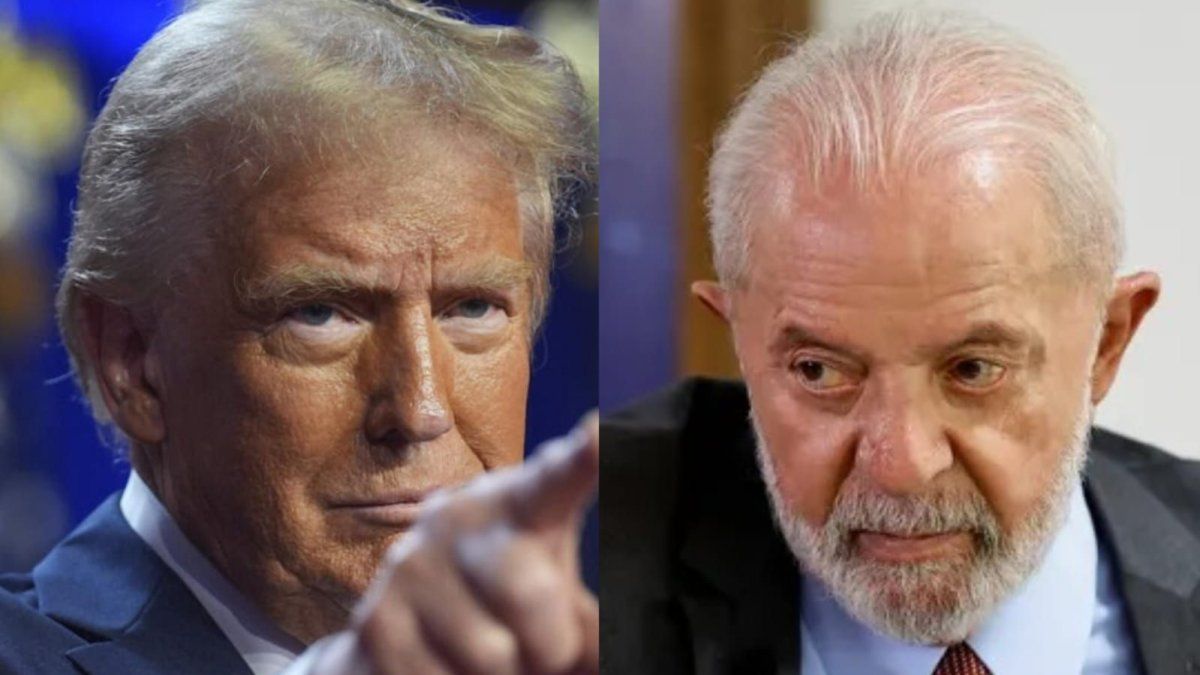It is not the best time to touch the exchange policy, in the middle of a global crisis and with a bad fact such as the March inflation known on Friday, but the need has a heretic face and in passing a topic “The end of the stocks” temporarily covers in the media the lousy 3.7% of the CPI. Javier Milei He said he was not going to devalue, he had to do it.
Before analyzing tomorrow it is important to keep in mind that the “liberation of the stocks” is partial for natural persons, which limits the potential currency demand. Legal persons: companies and institutional investors continue subjects except the profits and dividends that are generated this year, to the filter of the “prior compliance” and/or norms of the Central Bank.
Follow the “semi -pepper”
This situation is different from the end of 2015 that was a total liberalization and also to 2018 when the dollarization and escape of capital could be full. The Central Bank continues with the “semi -pepper” by relatively managing the level of the exchange rate. Thus the exchange gap disappears virtually, but the level of the exchange rate will depend on the supply and demand game with a central bank in better conditions, but not immune to greater dollarization.
This “Apuro Strategy Change” has cooked for a month, when the limits of the “Emprete Plan” were seen, the inflationary regrowth and it was decided to accept the impositions of the background, playing luck and truth. It would have been easier for the government to get out of restrictions after bleaching, with greater reservations and level of trust but Milei fell in love with Plan A. More “freedom” but follows “interventionism.”
In these three months, the government was calibrating “tomorrow.” Naturally there were leaks. Avoiding suspicions, the measure is filtered when the rules to be implemented for normative change are opened not only to more officials for implementation but also to the private sector.
It is necessary to advance to the banks operational issues including the adaptation of the systems to enable the purchase of dollars without restrictions and not everything can be done after Friday at three in the afternoon in which the market closes. It is very likely that some actors have operated with the information. It is notorious outside the “run” dynamics of the last two weeks that the last days the “devaluation” was installed.
Out of discussing operational issues that include accepting cash purchase limitations both to “prevent illicit operations” and so that “long lines” are not seen, one can intuit the preparation of the day D. After day D it is prepared for the “day after tomorrow”.
A central bank speaks with large exporters and importers. It is key that exporters “liquidate” already without the Blend dollar and with all the incentives to wait for a higher dollar. That importers do not all hurry to buy, so as not to generate greater pressures, outside the expected “flood” of retailers, after 6 years of restrictions and a global and local context that encourages to cover themselves with greater devaluations.
It is also imaginable that operators friends, those who want the model to help them by putting orders at the desired price. It is also important that the “Research” of potential privatization organizers and financing placements show optimism in their reports and “encourage” operators and investors.
“Toto” (Minister Caputo) is a soul trader. You can imagine your soul between two drives. A prepare everything to synchronize an opening above the floor, near the band’s medium to show that “nothing changes for people.” Or can be encouraged to let the ceiling of 1400 pesos and “lose the speculators.” An updated version of the wall of US $ 5,000 million to $ 25 per dollar that implemented in mid -2018, to stop the demand, until “the global and local heating” swept the wall to a new devaluation. The dollar crypt at $ 1315 per dollar that is quoted on Sunday 13 when I write these lines, prior to day D, navigate in half of the two “toto” options.
The day after tomorrow
It is clear that the sustainability of the scheme depends on the “Carry Trade”, If the hand gets hairy the BCRA must raise the interest rate, to tempt the trainers to stay in pesos for a time. A risky medicine for its recessive impact on the real economy and the fiscal impact on the cost of the state’s debt and the Central Bank.
A bitter medicine that is the second resource, out of calibrating demand and encouraging friendly offer in the market, if there is pressure to play the band’s roof. Recall that convertibility, a strict monetary regime guaranteed by law and with external support suffered two months of run in April and May 1991 until stabilized and achieved credibility.
The current rate guarantees profits in the “Carry” if devaluation expectations are lowered. If operators compare the current monthly rate below 3% monthly, but above 1% “expected” devaluation, several operators will tempt themselves with going to the “casino.” Argentines usually look at the profitability in dollars and the “accounts” would close at this rate, with the right without much margin. But if the game of betting on the rate is measured against the expected inflation of April and May of minimum above 5% in April and 4% in May, it will be necessary to raise the rate. As in 1991 two difficult months.
A key will be the transfer of the expected devaluation to “inflation.” Perhaps it is not 100% as in 2023 and 2024, but surely the “Pass Through” will be high and thus the exchange rate that the band of the band recovered competitiveness, will be delayed again.
The fate of the “armed to throw until October” scheme depends crucially on external factors outside the government. The global conflict and its impact on our foreign trade (demand of our exports, price of soy and oil) the impact on emerging currencies, especially Brazil and countries in the region where devaluation pressure would force greater reserves to defend the “flotation band.”
The international situation will also influence the financial channel. The “opening” expected by the government crowned with returning to the voluntary financing market. But the country risk is high so that reserves can be reinforced by this route immediately, unless the global situation throws very in favor. You will have to settle for a “repo”, at least for now.
Another important issue, the government indicates that the equilibrium exchange rate is within the flotation band. That the convertibility change rate (the 90s) is under the floor and that the monetary aggregate M2 (which includes the circulation and balances in pesos of savings and current account) is covered by reserves to the exchange rate of the established band.
The truth is that the parity exchange rate is above the band ($ 1600) and that if it is considered the M3 that includes deposits and also bonds in pesos that can dollarize the dollarization change rate is higher. This is why restrictions on legal persons but the equilibrium exchange rate exceeds $ 2,000 per dollar still with reinforced reserves at US $ 23 billion.
Probably the Central Bank breathes relieved tomorrow. The theme is the day “After tomorrow.” Financial engineering can work in the short term if the “global warming” does not dehiela weathering that generate tsunamotes in the global village and in our country.
A comprehensive economic vision that generates genuine dollars and avoids losing dollars in the strainer of a counter -registered opening of the geopolitical conflict is still missing. But one expects the central bank to be concentrated in the morning. After tomorrow Trump, the world, the future of politics, the successes or not of the management. Or not. Theme of an upcoming article.
Source: Ambito
David William is a talented author who has made a name for himself in the world of writing. He is a professional author who writes on a wide range of topics, from general interest to opinion news. David is currently working as a writer at 24 hours worlds where he brings his unique perspective and in-depth research to his articles, making them both informative and engaging.




